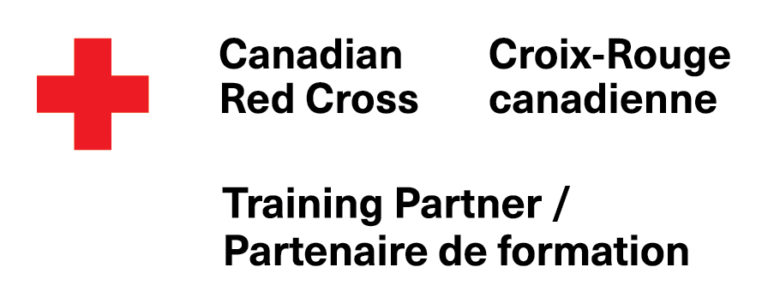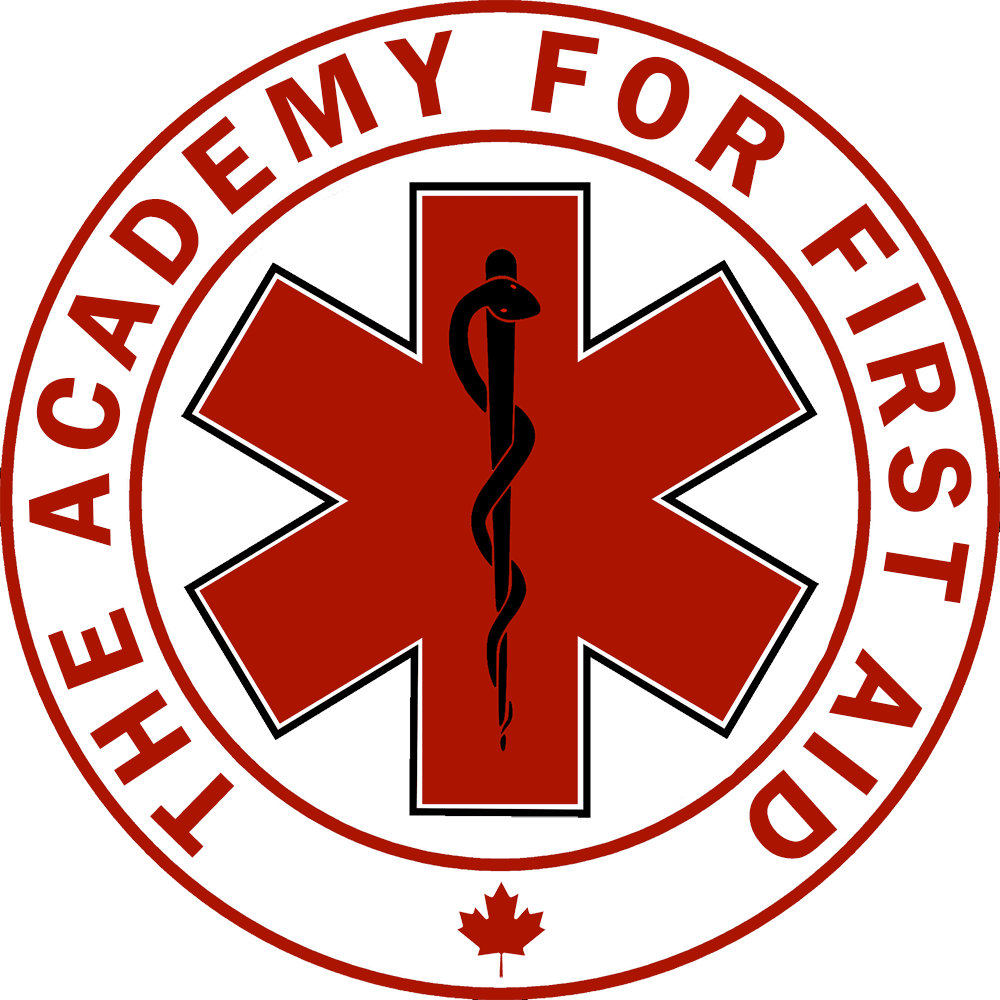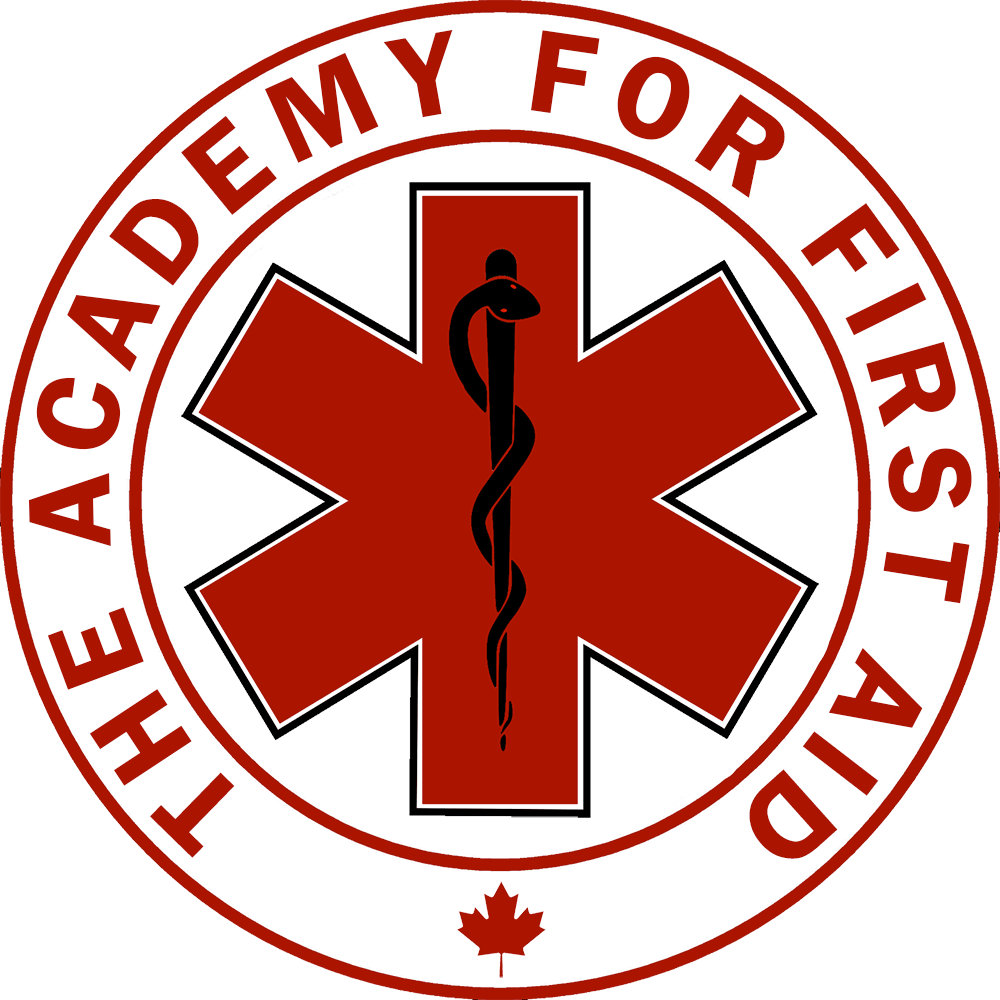- About Us:
- Toronto & Vaughan Courses:
- Brampton Courses:
- Hamilton Courses:
- Scarborough Courses:
- Barrie / Innisfil Courses:
- Mississauga Courses:
- BLS (HCP) Courses:
- Corporate Training (On-site group training):
- Contact:
Did you know that in the event of a medical emergency, there are a series of primary protocols in which first aiders must do to ensure the best outcome.
The Canadian Red Cross calls it CHECK, CALL, CARE:
CHECK:
The scene must be safe prior to the first aider helping out. Under no circumstances should the first aider help if it jeopardizes their safety. Examples of unsafe scenes include:
- Out of control fires that are spreading rapidly.
- An imminent explosion due to a gas leak and fire nearby.
- Traffic that fails to stop in the event of someone getting ht by a car.
- A person drowning in a pool when you do not know how to swim.
CALL:
Call 9-1-1 and get an automated external defibrillator ASAP. If you do not have a phone to call, try to send someone to call. If you send someone to call, ensure you send the least experienced person. You always want the most experienced personnel to remain at the scene to provide care.
If you can, use a landline or a public payphone. Although they are getting rare, landlines and public payphones are great because the dispatcher can pinpoint your exact location, even including unit number if you are in a building. Most likely, people who call 9-1-1 will use a cell phone, which is totally fine. But just keep in mind that you will have to give the dispatcher the address and unit number. If you are in the middle of the road, give them the closest intersection with a landmark, such as a restaurant or building.
CARE:
First aiders must know whom to care for first. This is broken down in order of priority:
- Breathing.
- Deadly bleeding
- Wounds.
Anyone who is not breathing is automatically the top priority. First aiders would immediately perform CPR.
Any injuries that involve deadly bleeding will be attended to next. This is bleeding that is difficult to control, and can lead to death if not stopped.
Common mistakes that participants make on their written test is the sequence. It is important that participants understand that it is in order of priority. For example, you should not care without checking the scene is safe to begin with. If the scene is not safe, then you cannot care for the injured.
Ken- Canadian Red Cross first aid instructor Tweet

The Academy for First Aid and Safety of Toronto is a Canadian Red Cross Training Partner. We provide high quality, interactive, fun, and knowledgeable first aid, CPR, AED, and Basic Life Support (HCP) training in Toronto, Hamilton, and Brampton.
To join a class, please


